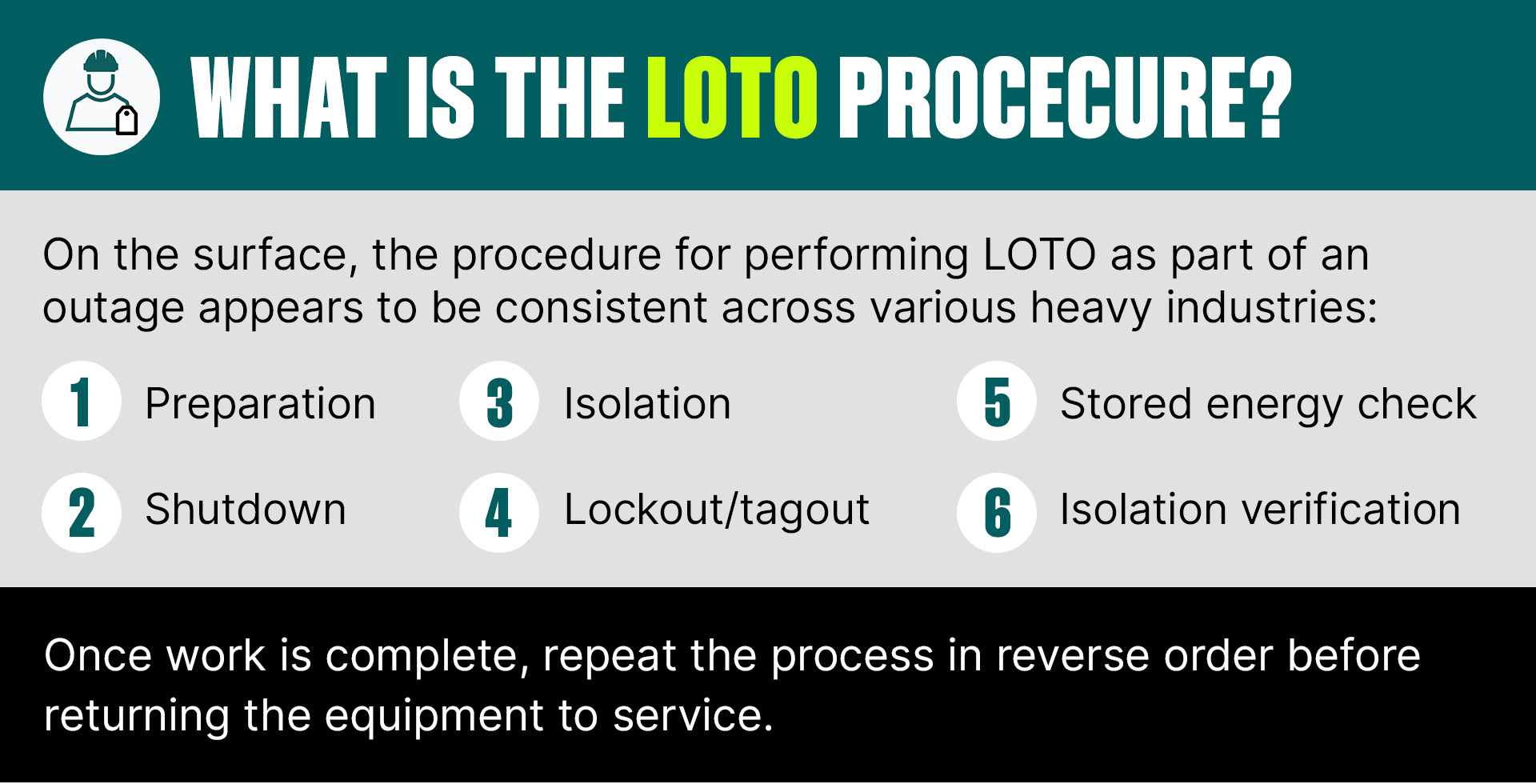Our approach combines detailed pre-outage planning, continuous on-site risk evaluations, and a strong safety culture to ensure that all activities are performed safely and effectively.
More specifically, our process for managing risk assessments and critical activities is thorough and proactive. It begins with our Site Risk Profile process, which is initiated before an outage starts. Our Site Risk Profile involves a cross-functional team assessing potential risks specific to the site. Critical areas reviewed include crew training, equipment adequacy, emergency preparedness, and other crucial factors. Identifying gaps before the outage begins to help ensure that your team and ours are fully equipped to perform their tasks safely.
Task Risk Assessments are another crucial component. These documents detail each task step, highlight potential risks, and specify mitigation measures. On-site, crews conduct real-time risk assessments, considering factors that might impact their work.


